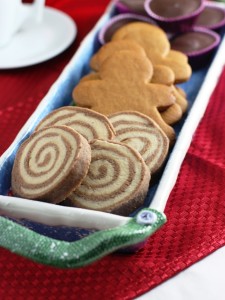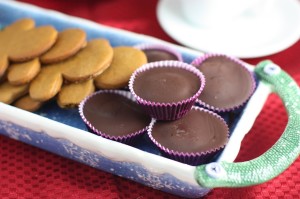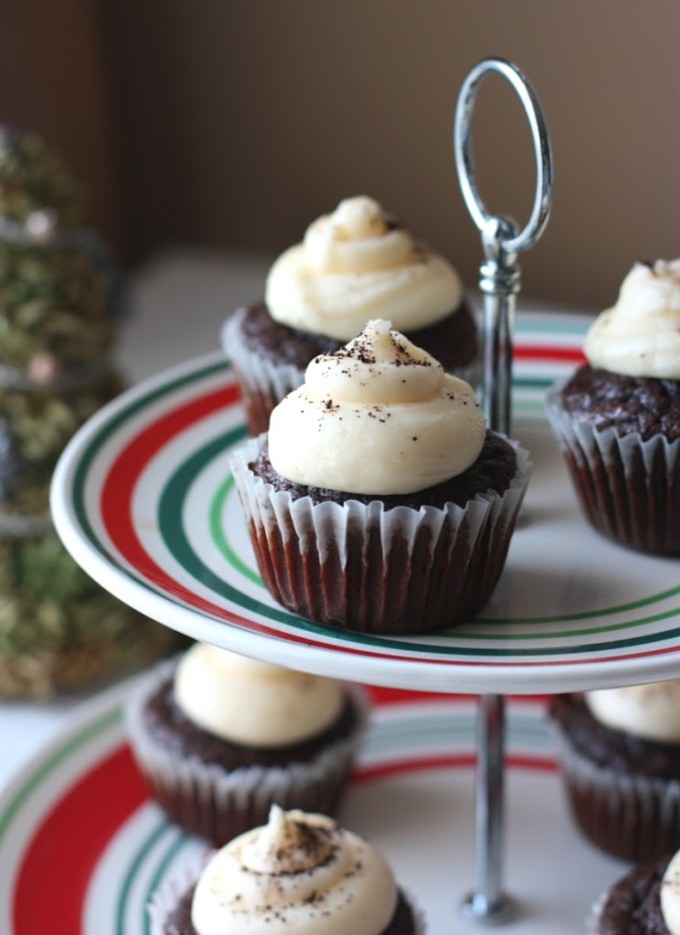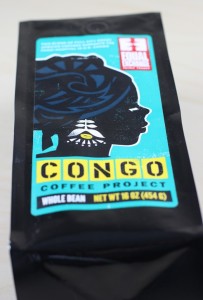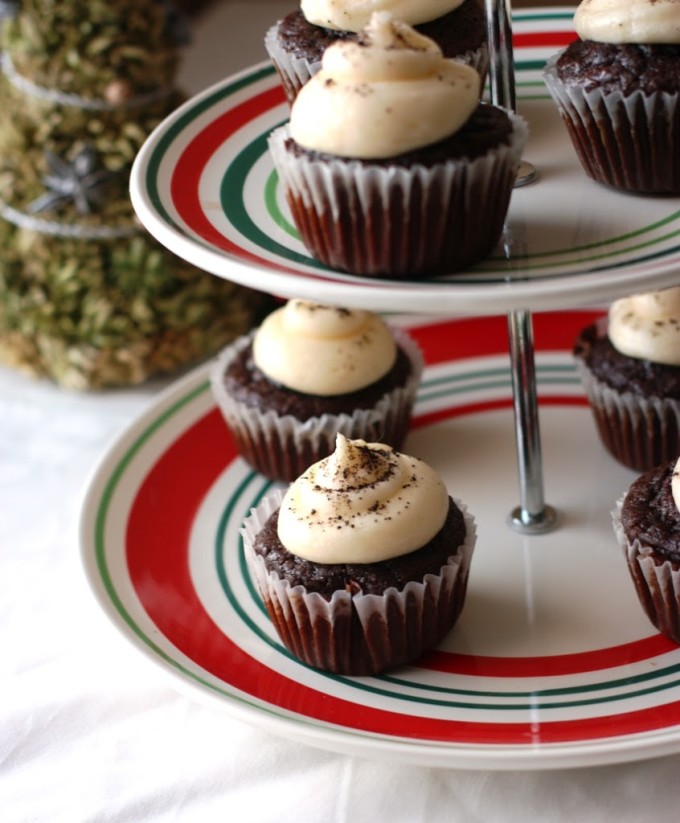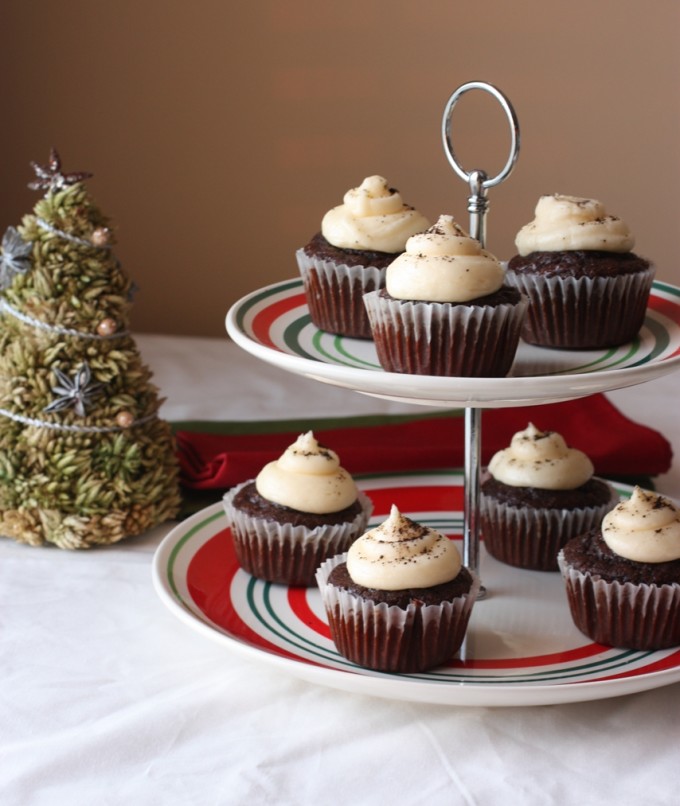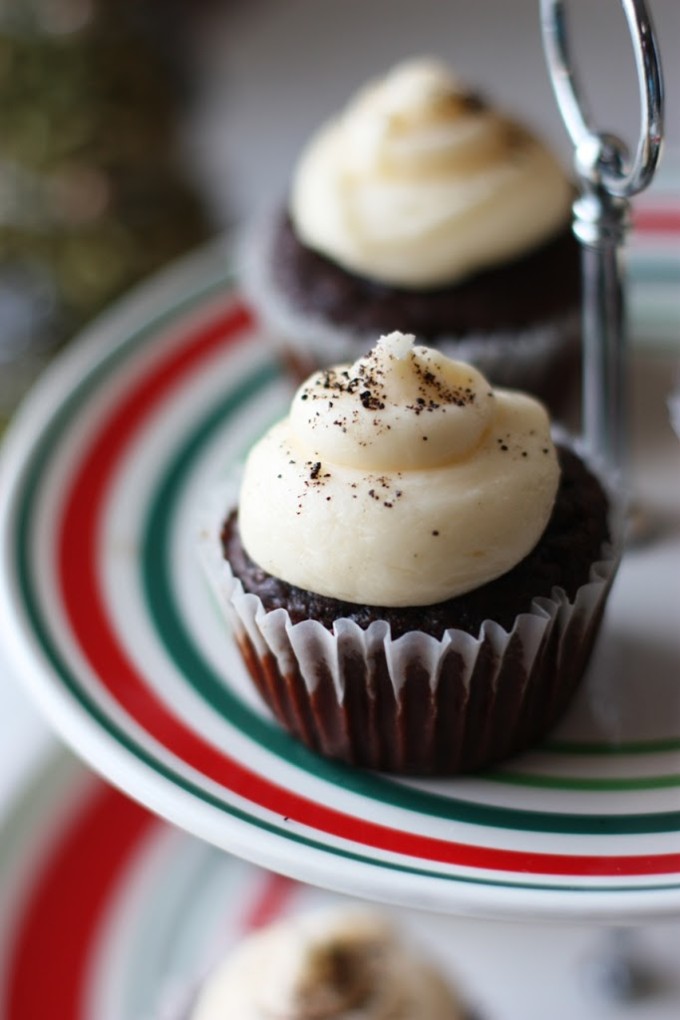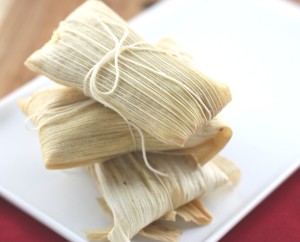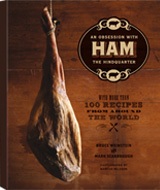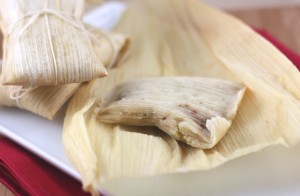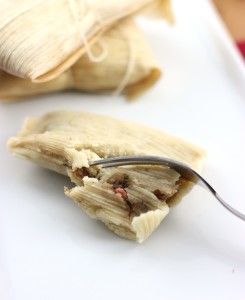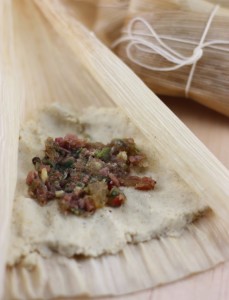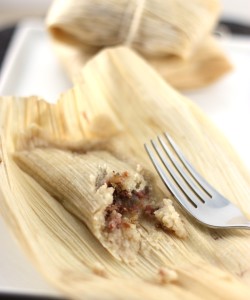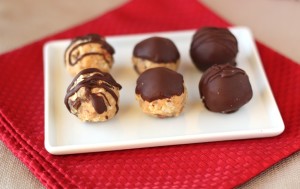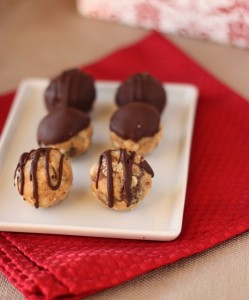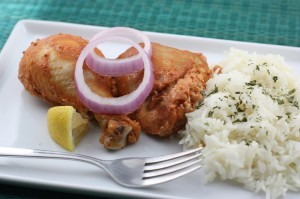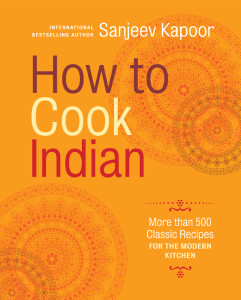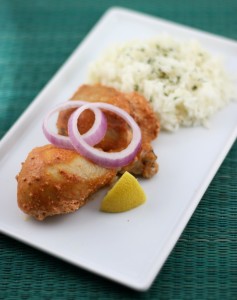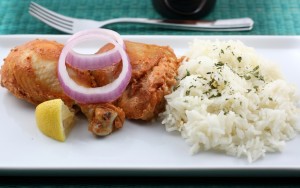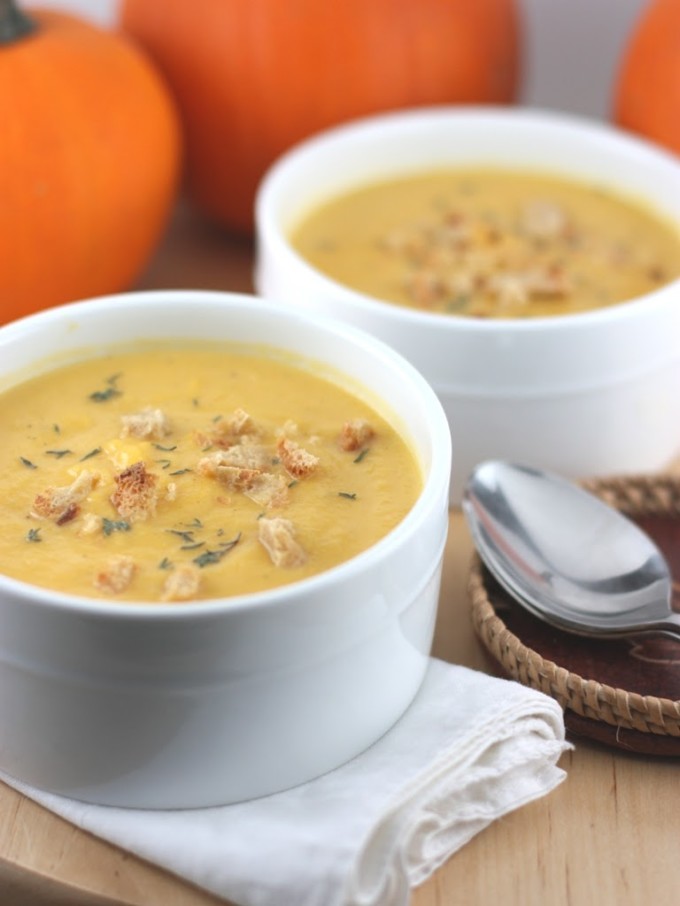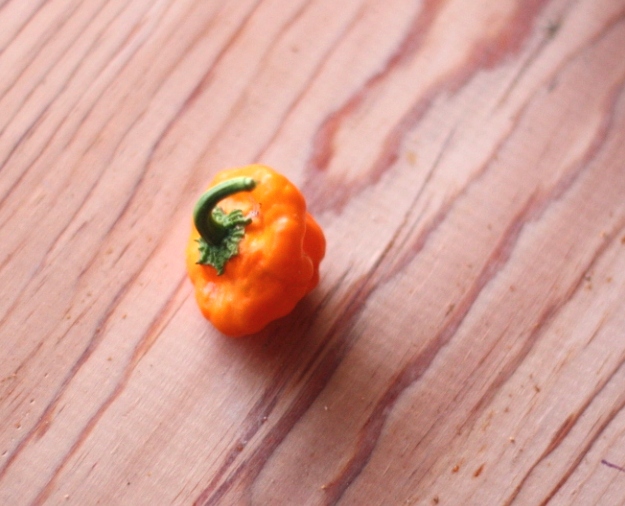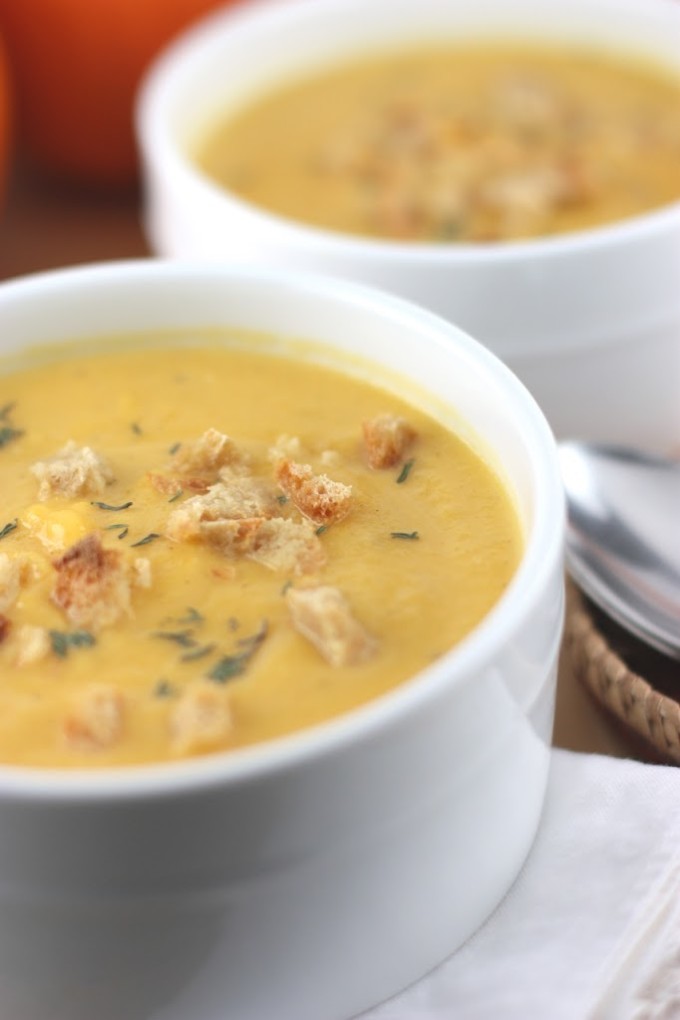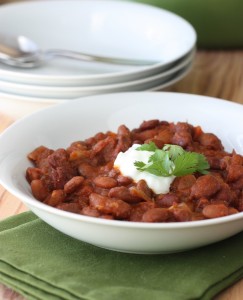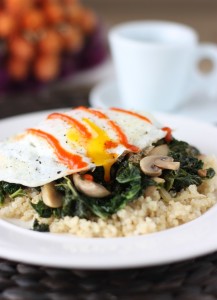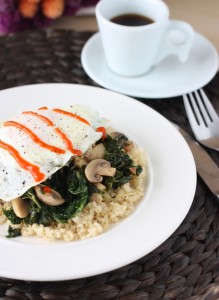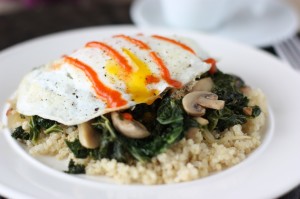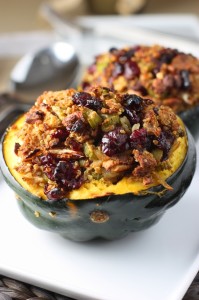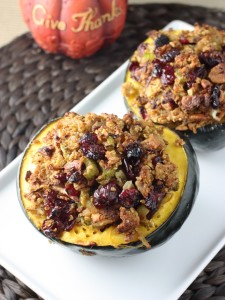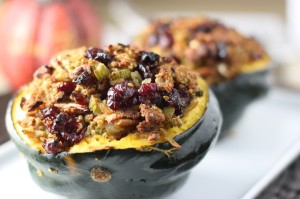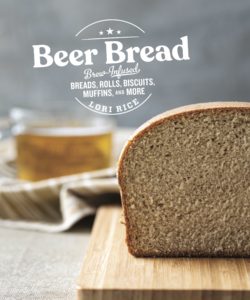This is the fourth in my series of Cookbooks for Christmas. Be sure to check out The Fundamental Techniques of Classic Bread Baking, The Vegetarian Option and How to Cook Indian.
Before I moved to Kentucky, country ham was nothing more than the step-child of meat options on the Cracker Barrel breakfast menu. I had no idea why someone would select ham over bacon or sausage despite the fact that they all came from the same animal.
Then I moved to Kentucky. Suddenly country ham is everywhere. There are country ham biscuits as party appetizers and skillet-fried country ham for breakfast. It is a regular offering in the meat case at my local butcher, and my most recent job exposed me to a youth agriculture program where the kids made their own country hams to auction off at the local stock sale.
See, I told you. It’s everywhere.
My first encounter with country ham had me gasping for a drink of water. Salty. Very salty. Things haven’t changed much since that first impression, but I have found that I like country ham in things. Meaning, those things it is in helps balance the salty flavor.
Guess what is featured from my part of the world. Yep, country ham.
As I flipped through I saw recipes for Collards and Country Ham, Country Ham Butternut Squash and Chile Stew, and Country Carbonara. That doesn’t include all the things that don’t use country ham such as Steamed Ham Buns and Roasted Fresh Ham with Apple Wheatberry Salad.
If you’ve read a cookbook by Weinstein and Scarbrough before you know it’s as much about the text as it is about the recipes and photography. It is part comical novel, part recipe book. I was immediately sucked into the story about the taking of their pig from farm to market.
So back to this country ham.
One thing that I wasn’t expecting (nor would most Kentuckians), was to see country ham Caribbean-style with a side of Mexican cuisine thrown in. The second I turned to page 151 I knew what I was making.
Jerk-style Country Ham and Pineapple Tamales.
Sounds pretty amazing, right? Not only was I excited about these flavors, but this was my very first time making tamales. As with post things I put off, I was left thinking – why in the world did I wait so long?
These tamales are simple to make. The construction takes a little time, but not so much that it’s overwhelming.
Now, let’s talk about these flavors. The spices, pineapple and rum are just what the country ham needs. The tamales are sweet with just a touch of saltiness. With all of the spices, the flavor explodes in your mouth with each bite. This recipe is such a creative representation of Kentucky meets Caribbean!
Jerk-style Country Ham and Pineapple Tamales
Reprinted with permission from Abrams Books
Makes 20 Tamales
Call this Bruce’s culinary free-for-all: a Caribbean filling made with American country ham and served as a Tex-Mex delicacy in corn husks. There’s not much more I can say, except they freeze well. Make them in advance, then wrap them individually in plastic and freeze for up to 3 months; thaw on the counter for 30 minutes before steaming as directed.
20 large, dry corn husks for tamales
6 ounces dried pineapple
10 ounces cooked country ham, rind removed and discarded, the meat cut into little cubes (a little less than 2⁄3 cup)
3 medium scallions, cut into 2-inch pieces
1/4 cup dark rum such as Myers’s
2 tablespoons minced peeled fresh ginger
2 tablespoons packed dark brown sugar
2 tablespoons red wine vinegar
2 teaspoons ground cumin
1 teaspoon ground coriander
1 teaspoon dried oregano
1 teaspoon dried thyme
1/2 teaspoon ground allspice
1/2 teaspoon ground cloves
1/2 teaspoon grated nutmeg
1/2 teaspoon cayenne
1/4 teaspoon garlic powder
4 cups instant masa harina
3 cups very hot water
2⁄3 cup peanut oil
1 teaspoon onion powder
1. Put the corn husks in a large bowl and cover with boiling water. Set them aside to soak until soft, about 30 minutes. If they all won’t stay submerged, place a little plate over them in the bowl to force them down into the hot water.
2. Meanwhile, put the dried pineapple in a medium bowl and cover with boiling water. Soak for 10 minutes, then drain in a colander set in the sink. Chop the pineapple into tiny bits.
3. Transfer those pineapple chunks to a food processor fitted with the chopping blade. Add the ham, scallions, rum, ginger, brown sugar, vinegar, 1 teaspoon cumin, the coriander, oregano, thyme, allspice, cloves, nutmeg, cayenne, and garlic powder. Pulse until well chopped and thoroughly blended but not pureed. This is the filling for the tamales, so you want some tooth in the thing—in other words, no baby food.
4. Mix the masa, hot water, oil, onion powder, and remaining 1 teaspoon ground cumin in a large bowl to make a wet dough.
5. Take a corn husk out of the hot water and spread it on your work surface so that its natural curl faces you. Spread a generous 1/4 cup of the masa dough into the corn husk, smoothing it out but also keeping it near the thicker bottom of the husk, like a little bed of dough for the filling. Spread the dough out to the sides a bit so that when you roll the husk closed the long way, that dough will encircle and even cover the filling.
6. Place about 11/2 tablespoons of the ham mixture in the center of the dough in the corn husk.
7. Fold the sides of the husk up and over the filling, thereby also bringing the masa dough up and around the filling inside. Make sure the sides overlap and fully close, holding the filling tightly inside. Fold the wider bottom up over the husk and do the same with the narrower top. Tie these in place with butchers’ twine so the tamale will stay closed.
8. Repeat steps 5 through 7 with the remaining husks.
9. Set up some kind of steaming contraption: either a large vegetable steamer in a large saucepan with about an inch of so of water in the bottom, or a couple of bamboo steamers placed over a wok with a similar amount of water in it. Bring the water to a boil over high heat.
10. Stand the tamales up in the vegetable steamer or lay them in the bamboo steamers. Cover, reduce the heat, and steam for 40 minutes, checking the water occasionally and adding more if necessary. In no event should the water rise and come in contact with the tamales. You want the water gently simmering in the pan or wok but not boiling vigorously. Once steamed, set the tamales aside for 5 minutes before serving, just so no one gets a steam burn from the incredibly hot filling inside. And don’t be a Gerald Ford. In the 1976 presidential race, he tried to eat a tamale still in the husk while campaigning in Texas. He lost the state. Unwrap the husk and fork out the tender filling inside.

